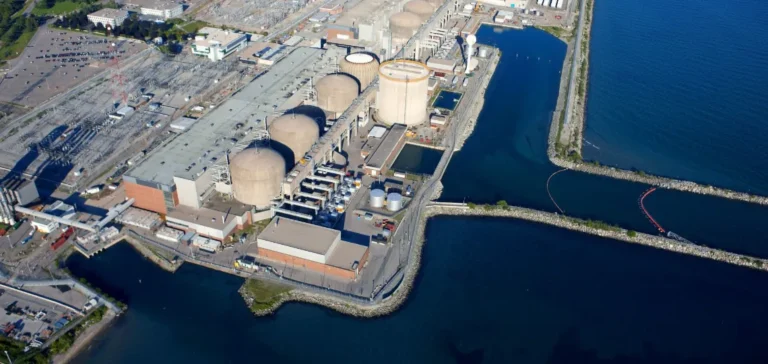Ontario Power Generation (OPG) has officially received authorisation to begin operating its new storage building at the Western Waste Management Facility, following the validation of its commissioning report by the Canadian Nuclear Safety Commission (CNSC). The building, called the Multi-Purpose Storage Building (MPSB), is intended to store 64 steam generators resulting from Bruce Power’s Major Component Replacement programme.
Infrastructure dedicated to intermediate-level waste
The steel-framed facility enhances the storage capacity for low- and intermediate-level nuclear waste generated by the Darlington, Pickering and Bruce nuclear stations, all located in Ontario. The CNSC stated that the building meets the required technical and safety specifications. The commissioning report was accepted without the need for a public hearing, as no separate licensing decision was involved in the process.
The formal decision was signed on October 9 by CNSC President Pierre Tremblay. The regulator stated that OPG is “authorised to begin operation” of the MPSB, in accordance with regulatory procedures. This development forms part of Canada’s broader nuclear reactor refurbishment efforts aimed at extending operational life spans.
Extension of reactor service life
Launched in 2020, Bruce Power’s Major Component Replacement (MCR) programme involves upgrading six of the eight units at the Bruce site, including replacement of steam generators, calandria tubes, pressure tubes, and feeder pipes. The first unit to be refurbished, Bruce Unit 6, returned to commercial service in September 2024, with works completed on time and within budget.
Units 3 and 4 are currently undergoing MCR outages, with units 5, 7, and 8 scheduled for similar upgrades through to 2033. In parallel, OPG is continuing work on four Candu reactors at Darlington, with completion expected in 2026, and plans to initiate life-extension works for Pickering Units 5 to 8.






















